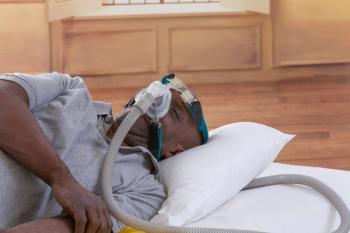
Strengthening Intergenerational Patient–Provider Relationships
As more millennials enter the healthcare workforce, health outcomes of the baby boomer generation increasingly will depend on the quality of communication with a generation that has grown up in a very different time.
First, the good news for baby boomers: They are
Healthy aging requires healthy behavior changes at the individual level, but it also depends on the availability of sufficient healthcare coverage and accessibility of healthcare resources, including healthcare providers. So what will the healthcare system need to meet this growing demand, while also struggling with limited resources—including an
Mutual trust is the foundation of these relationships. Providers must trust their patients are being honest about taking their medications, accurately reporting symptoms, and discussing lifestyle choices and behaviors that may contribute to their conditions. Patients must trust that their providers are capable and nonjudgmental, and that following their instructions will lead to better health. However, these relationships are not always easy to form during the
As baby boomers age, more millennials will enter the health care workforce. Health outcomes of the baby boomer generation will depend heavily on the quality of communication with a generation that has grown up in a very different time. The United States has changed drastically since baby boomers were children. To help facilitate more effective and meaningful intergenerational discussions about health care, MPH@GW, the
Millennials and baby boomers have experienced different waves of social, economic, political and health care reform at different stages of their lives. As health outcomes become increasingly dependent on strong patient—provider relationships, it will be even more important to understand the generational context for people’s beliefs, practices and behaviors.
Click on images below to enlarge
Newsletter
Stay ahead of policy, cost, and value—subscribe to AJMC for expert insights at the intersection of clinical care and health economics.













































